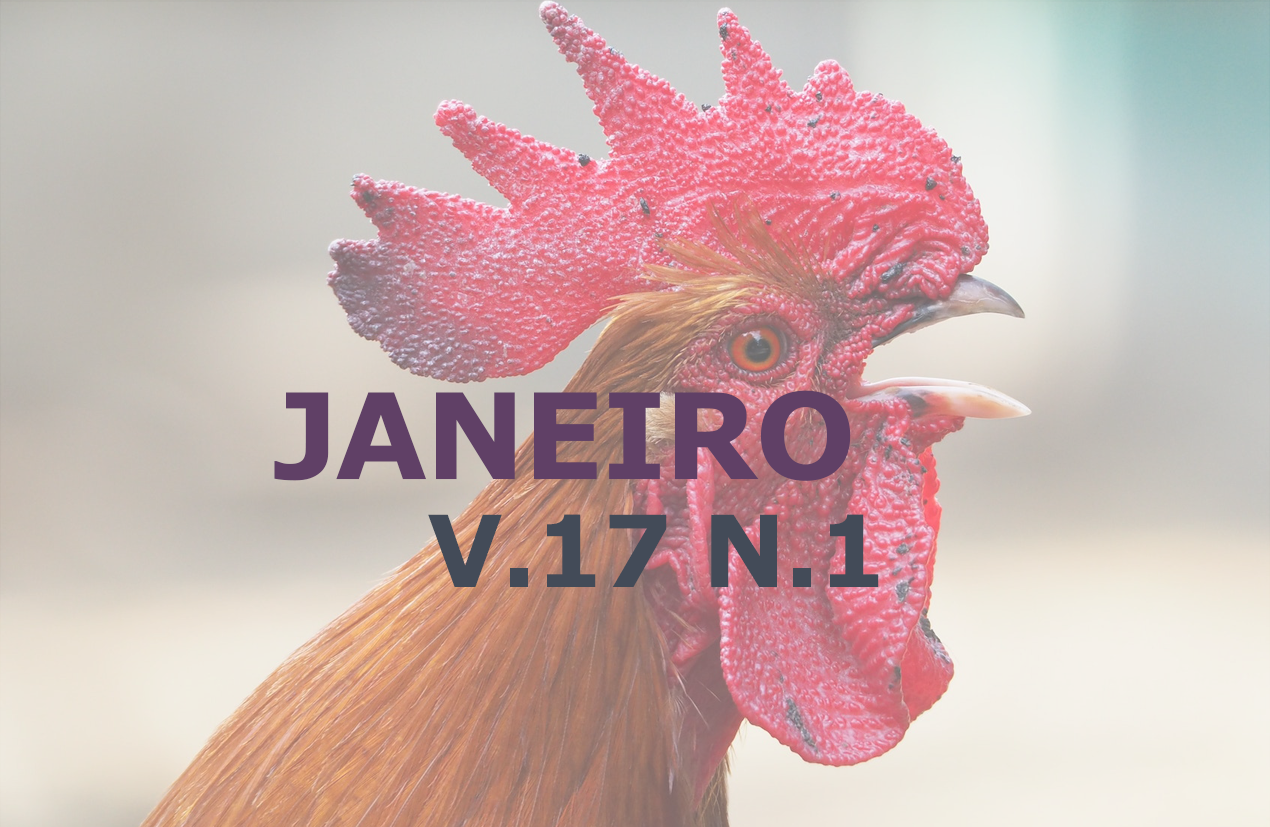Large sized ostium secundum-type defect in an elderly canine patient
DOI:
https://doi.org/10.31533/pubvet.v17n01a1327Keywords:
Atrial septal defect, congenital heart disease, Ostium secundumAbstract
Shunt lesions in the septum separating the two atrial chambers are among the most common congenital heart malformations. It is in most cases associated with morbidity and mortality. A 12-year-old mixed-breed female canine was referred for a detailed examination due to symptoms, such as exercise intolerance and peritoneal fluid leakage. Echocardiographic examination revealed an atrial septal defect (ASD) of the ostium secundum type (left to right shunt). The patient lived for 8 months after the diagnosis. Upon performing the necropsy, a defect of 21 mm in diameter was detected in the atrial septum. Based on the location, an ostium secundum type atrial septal defect was diagnosed. The peculiarity of this case is that the patient lived for over 13 years, in an asymptomatic state, with a large atrial septal defect, relative to the animal’s size and weight.
Downloads
Published
Issue
Section
License
Copyright (c) 2023 Larissa Ayane do Nascimento Braz, Jéssica Cristina de Barros, Larissa Fernandes Magalhães, Aureo Evangelista Santana, Daniel Paulino Junior

This work is licensed under a Creative Commons Attribution 4.0 International License.
Você tem o direito de:
Compartilhar — copiar e redistribuir o material em qualquer suporte ou formato
Adaptar — remixar, transformar, e criar a partir do material para qualquer fim, mesmo que comercial.
O licenciante não pode revogar estes direitos desde que você respeite os termos da licença. De acordo com os termos seguintes:
Atribuição
— Você deve dar o crédito apropriado, prover um link para a licença e indicar se mudanças foram feitas. Você deve fazê-lo em qualquer circunstância razoável, mas de nenhuma maneira que sugira que o licenciante apoia você ou o seu uso. Sem restrições adicionais
— Você não pode aplicar termos jurídicos ou medidas de caráter tecnológico que restrinjam legalmente outros de fazerem algo que a licença permita.





